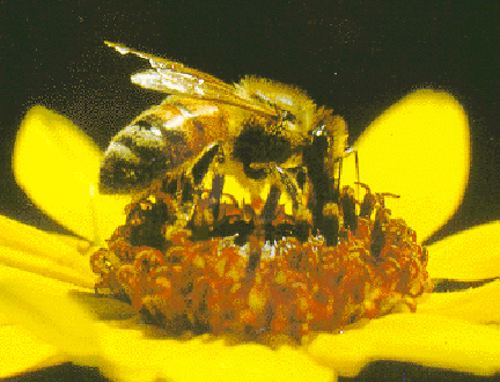 The U.S. Department of Agriculture will provide nearly $3 million in technical and financial assistance for farmers and ranchers to help improve the health of bees, which play an important role in crop production. The funding is a focused investment to improve pollinator health and will be targeted in five Midwestern states, Michigan, Minnesota, North Dakota, South Dakota, and Wisconsin.
The U.S. Department of Agriculture will provide nearly $3 million in technical and financial assistance for farmers and ranchers to help improve the health of bees, which play an important role in crop production. The funding is a focused investment to improve pollinator health and will be targeted in five Midwestern states, Michigan, Minnesota, North Dakota, South Dakota, and Wisconsin.
“Honey bee pollination supports an estimated $15 billion worth of agricultural production, including more than 130 fruits and vegetables that are the foundation of a nutritious diet. The future security of America’s food supply depends on healthy honey bees,” said Agriculture Secretary Tom Vilsack. “Expanded support for research, combined with USDA’s other efforts to improve honey bee health, should help America’s beekeepers combat the current, unprecedented loss of honey bee hives each year.”
This assistance will provide guidance and support to farmers and ranchers to implement conservation practices that will provide safe and diverse food sources for honey bees. For example, appropriate cover crops or rangeland and pasture management may provide a benefit to producers by reducing erosion, increasing the health of their soil, inhibiting invasive species, providing quality forage and habitat for honey bees and other pollinators, as well as habitat for other wildlife.
Midwestern states were chosen because from June to September the region is the resting ground for over 65 percent of the commercially managed honey bees in the country. It is a critical time when bees require abundant and diverse forage across broad landscapes to build up hive strength for the winter.
Applications are due at the Natural Resources Conservation Service March 21, 2014
(Learn More at your local USAD center www.nrcs.usda.gov)



















